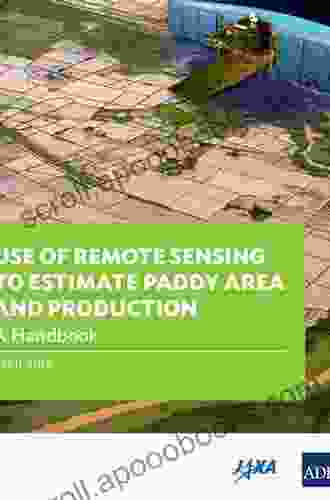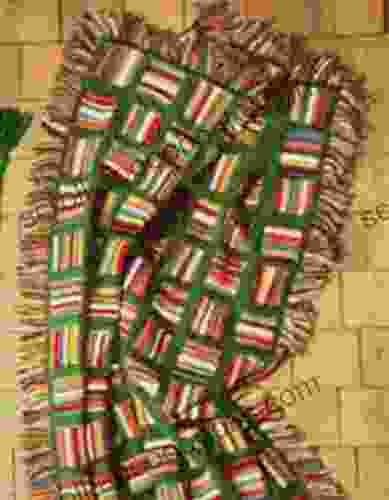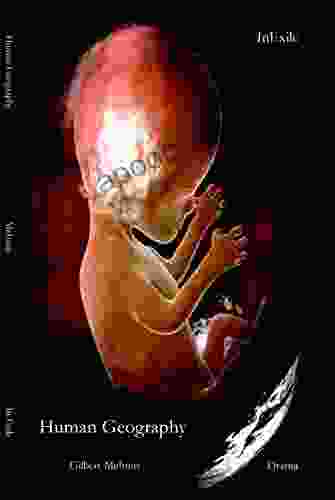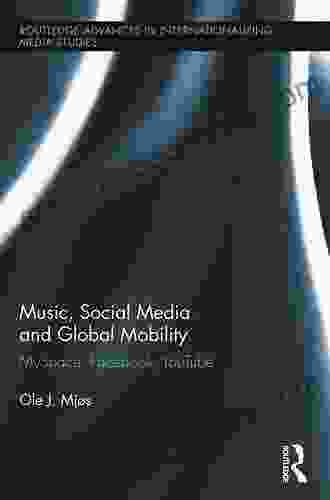Paddy rice, a staple food for billions worldwide, demands accurate and timely information on its cultivation area and production volume. Traditional methods for gathering this data often rely on laborious field surveys, manual interpretation of satellite imagery, or statistical modeling. However, these approaches can be time-consuming, costly, and prone to inaccuracies. Remote sensing technology has emerged as a powerful alternative, offering a cost-effective and efficient means to estimate paddy area and production over large geographic extents.
Remote Sensing Techniques for Paddy Estimation
Remote sensing involves employing sensors mounted on satellites, aircraft, or drones to collect data about the Earth's surface. These sensors capture electromagnetic radiation emitted or reflected by objects on the ground, providing insights into their physical and biochemical properties. By analyzing this data, it is possible to identify and characterize paddy fields and monitor their growth characteristics.
4.6 out of 5
| Language | : | English |
| File size | : | 59920 KB |
| Text-to-Speech | : | Enabled |
| Screen Reader | : | Supported |
| Enhanced typesetting | : | Enabled |
| Word Wise | : | Enabled |
| Print length | : | 503 pages |
One of the primary techniques used in remote sensing for paddy estimation is optical remote sensing. Optical sensors capture visible and near-infrared radiation, which allows for the differentiation of paddy fields from other land cover types based on their unique spectral signatures. For example, paddy fields exhibit low reflectance in the near-infrared band due to strong vegetation absorption, making them distinguishable from bare soil or other crops.
Another technique employed is radar remote sensing. Radar sensors emit electromagnetic waves and measure the strength and phase of the reflected signals. This information can be utilized to estimate the vegetation biomass and plant water content, which are indicators of paddy growth stage and yield potential.
Advantages of Remote Sensing for Paddy Estimation
The utilization of remote sensing for paddy estimation offers numerous advantages over traditional methods:
* Cost-effectiveness: Remote sensing allows for the acquisition of data over vast areas at relatively low costs compared to extensive field surveys. * Timeliness: Satellite-based remote sensing enables frequent data collection, providing timely updates on paddy growth and production throughout the cropping season. * Accuracy: Advanced image processing techniques and machine learning algorithms can enhance the accuracy of paddy area and production estimation, reducing uncertainties associated with traditional methods. * Spatiotemporal Resolution: Remote sensing provides spatially detailed data, enabling the analysis of paddy cultivation patterns at various scales and temporal resolutions, from daily to seasonal variations. * Data Integration: Remote sensing data can be integrated with other sources of information, such as weather data, soil maps, and socioeconomic data, to improve the accuracy and comprehensiveness of paddy estimation models.
Challenges in Remote Sensing for Paddy Estimation
Despite the advantages, there are certain challenges associated with using remote sensing for paddy estimation:
* Cloud Cover: Cloud cover can obstruct the collection of optical imagery, limiting the availability of data during certain periods. * Spectral Similarity: Paddy fields can exhibit spectral similarity to other crops or vegetation, posing challenges in accurate identification and discrimination. * Size and Fragmentation: Small and fragmented paddy fields may be difficult to detect and estimate accurately using remote sensing techniques. * Atmospheric Effects: Atmospheric conditions, such as aerosols and haze, can affect the quality and interpretation of remote sensing data.
Remote sensing technology has significantly transformed the estimation of paddy area and production, providing cost-effective, timely, and accurate information. By employing optical and radar remote sensing techniques, it is possible to monitor paddy growth, map cultivation patterns, and estimate yields with greater precision. This information is vital for agricultural planning, crop monitoring, food security assessments, and policy decision-making related to paddy production and trade.
As remote sensing technology continues to advance, with improved data resolution, innovative algorithms, and increased accessibility, the role of remote sensing in paddy estimation is expected to expand further. It will enable the development of more comprehensive and accurate models, supporting sustainable paddy production and ensuring global food security in the face of increasing population and climate change challenges.
Book Overview: "Use of Remote Sensing to Estimate Paddy Area and Production"
The book "Use of Remote Sensing to Estimate Paddy Area and Production," authored by leading researchers in the field, provides a comprehensive overview of the latest remote sensing techniques employed in paddy estimation. It covers the fundamentals of remote sensing, data processing methods, accuracy assessment techniques, and case studies showcasing successful applications.
This book is an invaluable resource for agricultural scientists, remote sensing specialists, policymakers, and anyone seeking in-depth knowledge of the use of remote sensing for paddy estimation. It offers practical guidance on data acquisition, analysis, and interpretation, empowering users to harness the full potential of remote sensing technology for accurate paddy information gathering. By leveraging the information in this book, readers can contribute to the advancement of precision agriculture, ensuring sustainable and efficient paddy production.


























































































